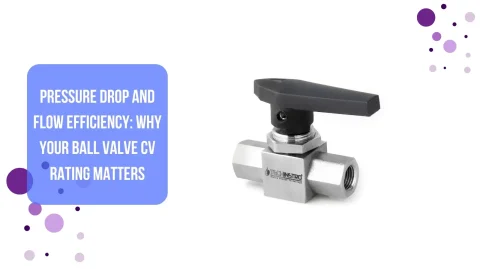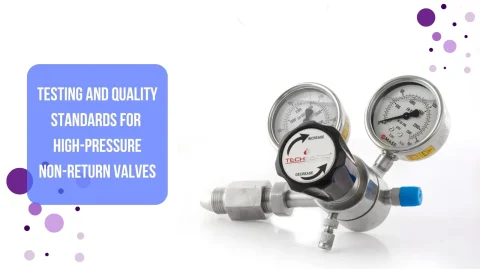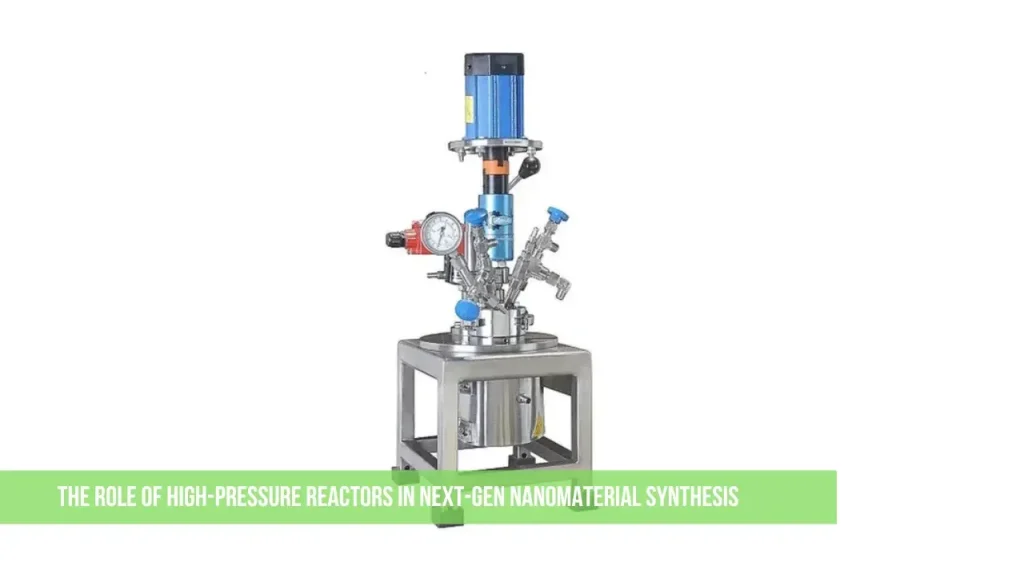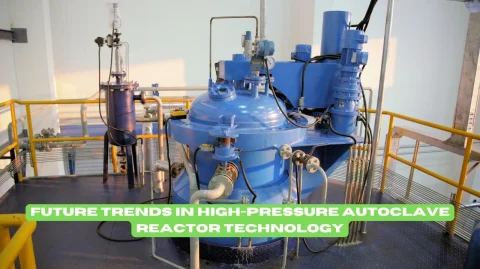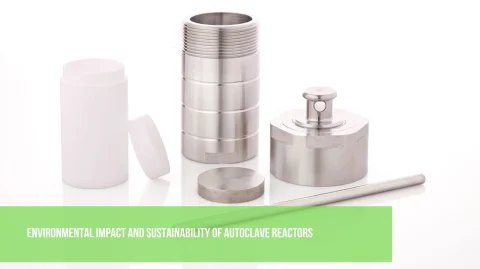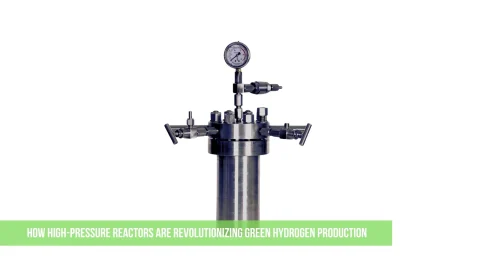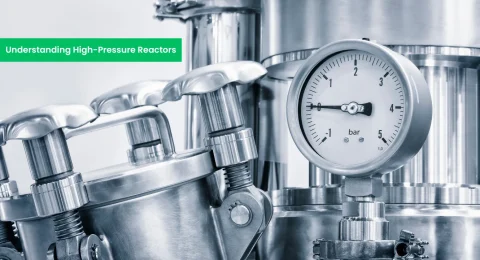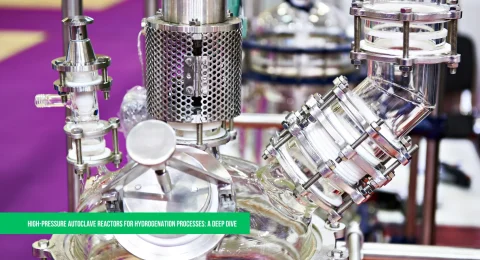Introduction
Imagine tiny materials so small that you need a powerful microscope to see them—these are nanomaterials. Scientists use them to make better electronics, stronger batteries, and even new medicines. But creating these super-small materials isn’t always easy. That’s where high-pressure reactors come in!
These special machines use high pressure (deep underwater or even inside the Earth) to make nanomaterials with unique properties. In this article, we’ll explore how high-pressure reactors work and why they’re so crucial for the future of technology.
Why Use High Pressure Reactor?
Typically, scientists make nanomaterials using heat or chemicals. But high pressure offers some cool advantages:
Creates New Forms of Materials
Some materials change their structure under pressure, as coal turns into diamonds deep underground.
High pressure can make stronger, harder, more conductive versions of everyday materials.
Speeds Up Chemical Reactions
Pressure forces molecules to react faster, meaning scientists can make nanomaterials more efficiently.
Controls Shape and Size Better
High pressure helps create tiny, uniform nanoparticles perfect for high-tech uses.
Exciting Uses of High-Pressure Nanomaterials
Super-Strong Materials
Nanodiamonds: Made under high pressure, these tiny diamonds are used in cutting tools and medical implants.
Boron Nitride Nanotubes: Even stronger than carbon nanotubes, great for aerospace and armor.
Better Batteries & Supercapacitors
High pressure helps make longer-lasting battery materials by packing more energy into a small space.
Future Electronics & Superconductors
Some materials become superconductors (no electrical resistance!) under pressure, which could revolutionize power grids and computers.
Improved Catalysts for Clean Energy
High-pressure-made nanomaterials help turn CO₂ into fuel or produce clean hydrogen energy.
How Do High-Pressure Reactors Work?
These reactors come in different types, but they all squeeze materials under extreme pressure:
Diamond Anvil Cells (DACs) – Use diamonds to crush tiny samples with pressures millions of times higher than Earth’s atmosphere!
Hydraulic & Piston-Cylinder Presses – Good for making larger amounts of nanomaterials.
Supercritical Fluid Reactors: Use high-pressure liquids (like CO₂) to dissolve and reshape materials.
Scientists also use special cameras and sensors to watch the nanomaterials form in real time.
Challenges and the Future
While high-pressure reactors are amazing, there are still some hurdles:
Expensive equipment – Some machines cost millions of dollars.
Complex to mass-produce – Making large amounts of nanomaterials quickly is still tricky.
However, researchers are working on cheaper, faster methods, and computers are helping predict which materials will work best under pressure.
Conclusion
High-pressure reactors are like super-powered kitchens for cooking up futuristic nanomaterials. They help scientists create stronger, faster, and more efficient materials that could change technology forever. From unbreakable phone screens to ultra-fast quantum computers, the possibilities are endless!
